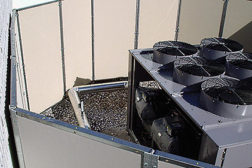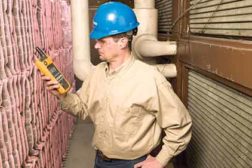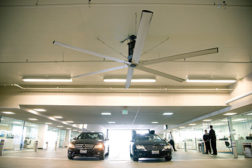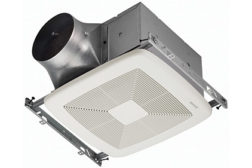Home » indoor environment
Articles Tagged with ''indoor environment''
Oct. 2, 2013: ASHRAE Seeks Presenters, Posters for High Performance Buildings Conference
Event to Provide a Comprehensive Overview of High Performance Building Design
October 2, 2013
Aug. 23, 2013: ASHRAE Announces High Performance Buildings Conference
Topics Include Building Occupant Behavior, New Building Technologies, and Indoor Environmental Quality
August 23, 2013
Copyright ©2024. All Rights Reserved BNP Media.
Design, CMS, Hosting & Web Development :: ePublishing








